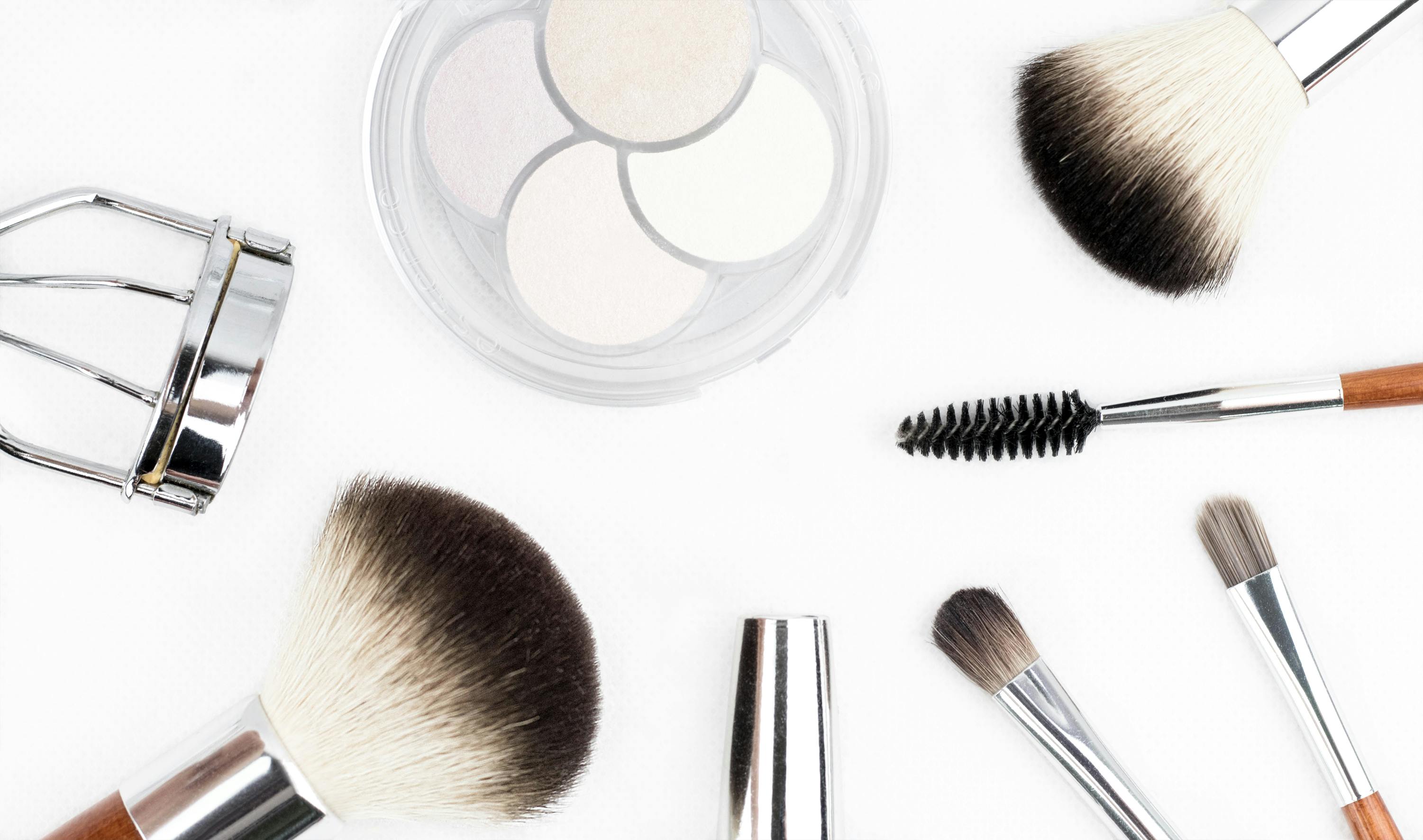
Keeping industrial floors in top condition is critical to business operations. Downtime for replacement and repair is costly for businesses. Floor damage reduces the attractiveness of industrial spaces, making them a poor work environment for employees.
Facility managers rely on industrial epoxy floor coating applications to maintain good floor condition. Here are some simple yet effective tips for implementing industrial epoxy floor coating projects:
1. Choose quality over cost. Quality products may cost more, but they guarantee good performance.
2. Surface preparation is critical. Repair any damage, clean and carefully degrease the surfaces. Improper preparation can cause the rest of the application process and finished floors to fail.
3. call the professionals. Experts have the skills, experience, and resources to deliver fast, error-free applications.
Why epoxy coatings?
Industrial epoxy floor coating products stand out from the rest by providing the highest quality and best performance in industrial flooring applications. They are highly resistant to oil, chemicals, water, and the physical impact of mechanical loads and foot traffic. These elements frequently attack industrial floors in the course of daily operations.
Industrial epoxy floor coating products are also good floor beautification materials. There are many epoxy products with a wide range of colors to choose from. Epoxy works well as concrete finishes or top coats that enhance the look of industrial floor finishes.
Industrial Epoxy Floor Coating Application Problems
There are cases where epoxy industrial floor coating applications face challenges that threaten the process of restoring industrial floors to beauty and good condition. Here are some of them:
1. Formation of air bubbles and pores. Thick layers of epoxy can form round bubbles due to entrapped air. This can come from improper mixing speed, outgassing of the cement, or improper use of foam rollers during application.
2. uneven coloring. Unsightly differences in coating color come from mixing small batches of industrial epoxy floor coating products or from working in sun-exposed environments.
3. fish eyes. Fisheyes are small craters that erupt on the coated surface and are caused by grease and dust particles coming into contact with the coatings.
Causes of Adhesion Failure
The main reason for complete failure of coatings is often underlying adhesion failure. The following are the reasons why good adhesion is not achieved:
1. ultraviolet radiation. Sunlight exposure can break down the adhesive properties of epoxy coatings, making them brittle and prone to cracking.
2. High humidity. Industrial epoxy floor coating products change their properties when exposed to a humid environment. The preparation, mixing and application of the product are compromised.
3. Humidity. Wet surfaces, particularly concrete, are vulnerable to bond failure. When running water is present during application, it erodes the adhesive bond between the surface and the coating.
4. foreign contaminants. Surface adhesion free of dust, dirt, grease and oil. Oils, in particular, cause voids and voids within the lining, leading to failure over time.
Industrial epoxy floor coating products are often the best choice for floor maintenance and repair. They are strong, durable, and come in many colors. With good surface preparation, industrial epoxy floor coating applications have a high probability of success. Success offers the benefits of industrial flooring that is durable, stylish and practical at the same time.